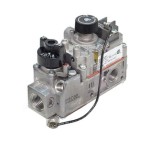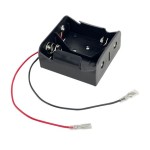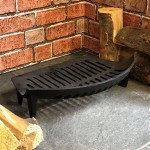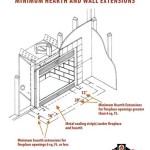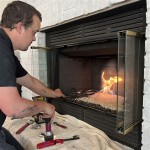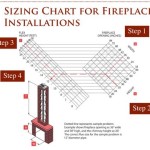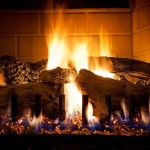Essential Aspects of Gas Burners for Fireplaces
Gas burners have become increasingly popular for fireplaces due to their ease of use, efficiency, and realistic flame effects. Understanding the essential aspects of gas burners is crucial to ensure a safe and enjoyable fireplace experience.
Types of Gas Burners
There are several types of gas burners available, including:
- Vented Burners: Exhaust gas through a chimney or flue, ensuring proper ventilation.
- Vent-Free Burners: Do not require a chimney or flue, utilizing oxygen depletion sensors to control combustion.
- Direct Vent Burners: Vent gas directly to the outside through a sealed system, minimizing heat loss.
Fuel Source
Gas burners can use various fuel sources, such as:
- Natural Gas: A commonly available and cost-effective fuel.
- Propane: A portable fuel option for areas without natural gas lines.
- Liquid Propane (LP): Similar to propane but requires a larger tank.
Burner Design
The design of the burner affects the flame pattern and heat output. Common burner designs include:
- Linear Burners: Create a horizontal flame line, providing a traditional fireplace look.
- Pan Burners: Achieve a wider flame spread, offering a more modern aesthetic.
- Log Sets: Realistic ceramic logs that simulate a wood-burning fire.
Remote Control and Automation
Many gas burners come equipped with remote controls or smartphone apps for convenient ignition, flame height adjustment, and thermostat control. Some models also offer automation features, such as timers and temperature sensors.
Safety Features
Safety is paramount for gas burners. Essential safety features include:
- Flame Sensor: Monitors the flame and shuts off the gas supply if it goes out.
- Oxygen Depletion Sensor (Vent-Free): Detects excessive carbon monoxide and shuts off the burner.
- Overheat Protection: Prevents the burner from overheating and damaging the fireplace.
Consideration Factors
When choosing a gas burner for your fireplace, consider the following factors:
- Type of fireplace: Vented or vent-free, traditional or modern.
- Fuel availability: Natural gas or propane?
- Burner design: Flame pattern and heat output preferences.
- Safety features: Essential for peace of mind.
- Budget: Different burners vary in price depending on features and quality.
By understanding these essential aspects of gas burners for fireplaces, you can make an informed decision and enjoy a safe, efficient, and captivating fireplace experience.

All About Gas Burners For Fireplaces Types Features

Rasmussen F Flaming Ember Vented Fireplace Burner Kit

Real Fyre G52 Vented Gas Fireplace Burner

Real Fyre G46 Vented Gas Fireplace Burner Ansi Certified

Kingsman 24 Vent Free Gas Burner Glvf24 Us Fireplace

Kingsman 24 Vent Free Gas Burner Glvf24 Us Fireplace

Rasmussen Fireplace Pan Burner For Use With Fireballs

Monessen Lyr Contemporary Vent Free Gas Burner

Hpc Fire Lbof Electronic Ignition Outdoor Gas Fireplace Burner Kit

American Gas Log 18 In 40000 Btu Burner Kit Vented Fireplace Logs The Department At Com

